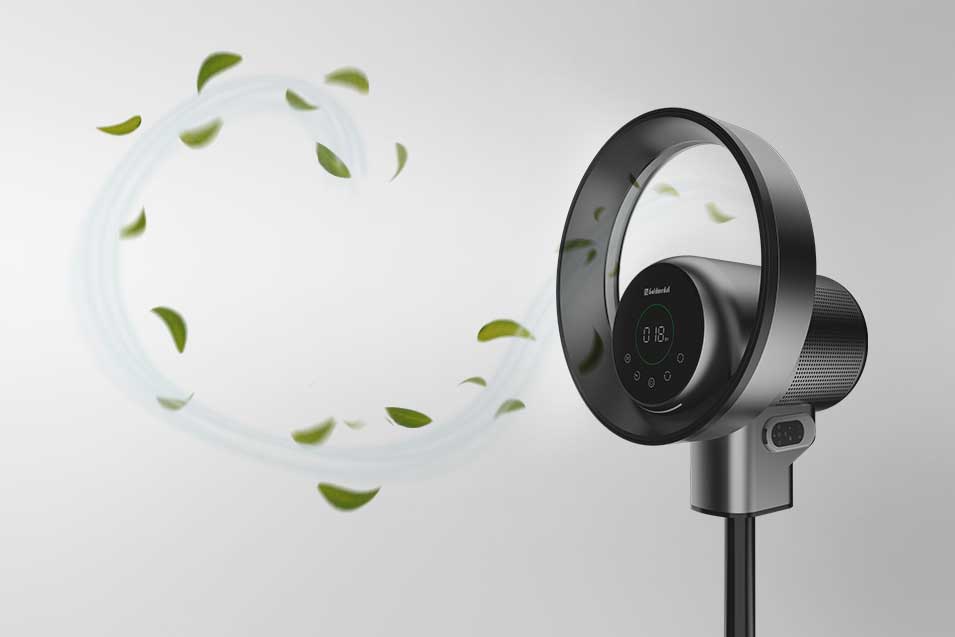
Breathe Easy: The Critical Need for Air Purifiers in India in 2024
In 2023, India faces a daunting environmental challenge: air pollution. With rapidly growing urbanization and industrialization, the quality of air in many Indian cities is deteriorating at an alarming rate. This is where air purifiers come into play, offering a beacon of hope for cleaner air and better health.
Understanding the Air Quality Crisis in India
Air quality in India has been a matter of grave concern. Cities like Delhi, Mumbai, and Kolkata often find themselves engulfed in a haze of smog, primarily due to vehicular emissions, industrial pollution, and construction dust. The Air Quality Index (AQI) in these areas frequently enters the ‘severe’ or ‘hazardous’ categories, especially during winter months when the situation worsens due to factors like stubble burning.
The Role of Air Purifiers
This is where air purifiers step in as a crucial tool. By filtering out pollutants, allergens, and particulate matter, air purifiers can significantly improve the indoor air quality in homes and workplaces. This is vital in a scenario where people spend a significant amount of their time indoors.
- Technology at Work: Modern air purifiers come equipped with HEPA (High-Efficiency Particulate Air) filters, activated carbon filters, and sometimes even UV light sanitization. HEPA filters are capable of trapping particles as small as 0.3 microns, effectively removing dust, pollen, and smoke from the air. Activated carbon filters combat harmful chemicals and odors, while UV sanitization can kill bacteria and viruses.
- Benefits Beyond Health:The benefits of air purifiers extend beyond just health. They can improve overall comfort and well-being, reduce odors, and even prolong the life of furniture and electronics by keeping the air clean and free of dust.
The Role of Air Purifiers
While air purifiers are a solution, they are part of a larger necessity for sustainable practices. Increasing awareness about air pollution, its causes, and its prevention is equally crucial. Practices like reducing vehicular emissions, promoting green energy, and preventing industrial pollutants are essential to tackle the root of the problem.
In 2023, as India continues to grapple with its air pollution crisis, the importance of air purifiers cannot be overstated. They are a vital component in the fight for cleaner air and better health. However, they should be seen as part of a broader strategy that includes policy changes, public awareness, and efforts to tackle pollution at its source.
Conclusion
In conclusion, air purifiers are not just luxury items but a necessity in the current environmental scenario of India. They provide a layer of defence against the effects of air pollution. As India strides towards technological and industrial advancement, balancing it with environmental health and sustainability is imperative. Air purifiers, alongside larger environmental initiatives, offer a way forward in safeguarding the health of millions, ensuring that the air we breathe is not a threat to our wellbeing.
Frequently Asked Questions (FAQs) :
Q1. What are the primary causes of air pollution in Indian cities like Delhi, Mumbai, and Kolkata?
In India’s bustling cities like Delhi, Mumbai, and Kolkata, air pollution primarily stems from vehicle emissions, industrial activities, and construction dust. Additionally, burning of crop residue in neighbouring areas and the use of biomass for cooking and heating further exacerbate the air quality. These factors collectively contribute to the significant air pollution challenges these cities face.
Q2. How do air purifiers contribute to improving indoor air quality?
Air purifiers enhance indoor air quality by effectively removing pollutants like dust, pollen, and smoke. Equipped with filters, they capture tiny airborne particles, allergens, and even bacteria and viruses, ensuring cleaner, healthier air indoors. This is especially beneficial for those with allergies or respiratory issues, providing a fresher, more breathable environment in homes and workplaces.
Q3. What technologies do modern air purifiers use to filter out pollutants?
HEPA filters, standing for High-Efficiency Particulate Air filters, are a core technology in modern air purifiers. They are designed to capture at least 99.97% of airborne particles as small as 0.3 microns. This includes a wide range of pollutants such as dust, pollen, mold, pet dander, and certain bacteria. The mechanism involves a complex web of fibres that trap particles through processes like interception, impaction, and diffusion. HEPA filters are highly effective in improving indoor air quality, making them essential for those with allergies, asthma, or other respiratory conditions.
Q4. What specific benefits do air purifiers offer beyond just health improvements?
Air purifiers are more than just health guardians. They enhance overall well-being by reducing allergens, pollutants, and odours, creating a fresher and cleaner living environment. This leads to improved sleep quality, increased comfort, and peace of mind, especially for those with respiratory issues. Additionally, our air purifiers blend seamlessly with your home decor, adding a touch of sophistication while silently working to improve your life quality.
Q5.How crucial is the role of air purifiers in combating the effects of stubble burning and seasonal air pollution spikes?
Air purifiers play a pivotal role in mitigating the impact of stubble burning and seasonal air pollution spikes. By efficiently filtering out harmful pollutants and smoke particles, they provide a haven of clean air in your home or office, protecting your health during these high pollution periods.
Q6. What broader sustainable practices complement the use of air purifiers in addressing India’s air pollution crisis?
In addressing India’s air pollution crisis, air purifiers are just one piece of the puzzle. Sustainable practices like planting more trees, reducing vehicular emissions, adopting renewable energy sources, and advocating for cleaner industrial processes, collectively complement the effectiveness of air purifiers in creating a healthier environment.
Q7. Can air purifiers alone solve India’s air pollution problem, or are they part of a larger strategy?
While air purifiers are instrumental in providing immediate relief from indoor air pollution, they are part of a broader strategy to combat India’s air pollution problem. Long-term solutions require collective action, encompassing policy changes, industrial regulation, sustainable urban planning, and public awareness to tackle this environmental challenge effectively.

